Material Web - Customizable Web UI Library
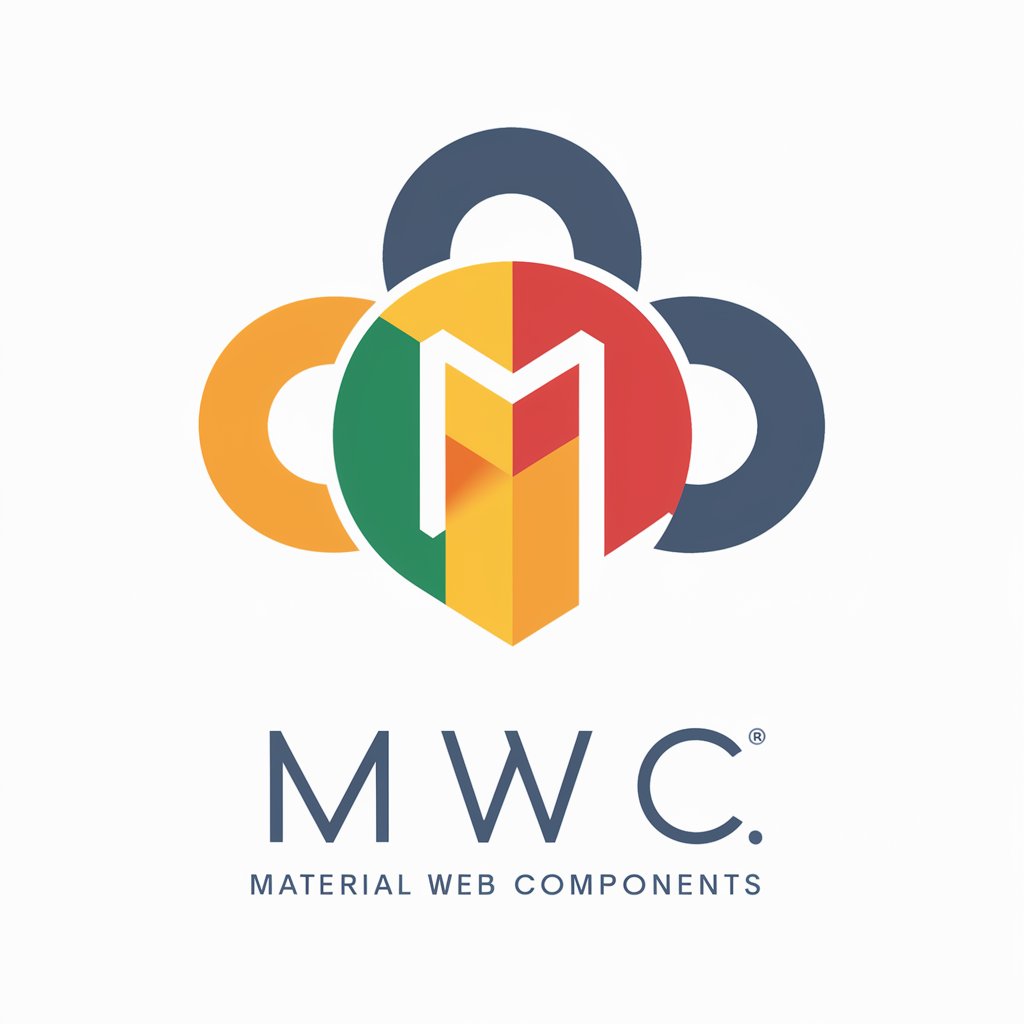
Welcome! Get the most out of Material Web Components here.
Elevate Web Interfaces with AI-Driven Design
Explain the benefits of using Material Web Components in a React project.
How can I customize Material Web Components to fit my design system?
What are the steps to install Material Web Components in a Vue.js application?
Can you provide examples of using Material Web Components with design tokens for styling?
Get Embed Code
Introduction to Material Web
Material Web is a modern toolkit for building rich, interactive web interfaces following Google's Material Design guidelines. It consists of a library of web components that encapsulate the visual and functional aspects of Material Design into reusable HTML elements. These components provide a consistent, user-friendly interface across web applications, making it easier for developers to create attractive, accessible, and responsive designs. For example, replacing a standard HTML button with an

Main Functions of Material Web
Customization through Design Tokens
Example
Using CSS custom properties, developers can easily theme their applications by altering colors, typography, and other stylistic choices. For instance, by setting the --md-sys-color-primary variable, one can change the primary color across all Material Web components used within an application.
Scenario
In a project requiring branding alignment, changing the --md-sys-color-primary and --md-sys-color-secondary tokens enables quick customization to match the company's brand colors, ensuring a consistent look and feel.
Compatibility with Multiple Frameworks
Example
Material Web components are framework-agnostic, designed to work seamlessly with popular web frameworks such as React, Vue, and Angular. For example, integrating an <md-text-field> into a React form involves simply importing the component and using it as a JSX tag.
Scenario
A development team transitioning from Angular to React can reuse Material Web components without rewriting code specific to Angular, facilitating a smoother transition and maintaining UI consistency.
Enhancing Accessibility
Example
Components like <md-checkbox> and <md-radio> are built with accessibility in mind, including keyboard navigation and ARIA attributes. This ensures that web applications are usable by people with disabilities without additional effort from developers.
Scenario
For an e-commerce site, ensuring that all users, including those relying on screen readers and keyboard navigation, can filter products using checkboxes and radio buttons improves the shopping experience for a broader audience.
Ideal Users of Material Web Services
Web Developers and Designers
Professionals looking to build user interfaces with a modern, consistent design language without spending extensive time on component design and development. Material Web simplifies UI development while ensuring accessibility and responsiveness.
Project Teams Migrating Between Frameworks
Teams that are transitioning between JavaScript frameworks or supporting multiple frameworks within their projects. The framework-agnostic nature of Material Web components allows for their reuse across different parts of a project or in future projects, regardless of the underlying technology stack.
Organizations Prioritizing Brand Consistency
Businesses and organizations aiming to maintain a consistent brand identity across their digital products. Material Web's design tokens enable easy theming and customization to align web applications with brand guidelines.

Steps for Utilizing Material Web
Begin your journey
Initiate your exploration of Material Web Components by registering for a free trial at yeschat.ai, offering immediate access without the need for a ChatGPT Plus subscription.
Installation
Install the Material Web library via npm with `npm install @material/web`, ensuring you have Node.js and npm installed as prerequisites.
Import components
Import the required Material Web Components into your project. For example, `import '@material/web/button/filled-button.js';` to use the filled button component.
Integrate into HTML
Incorporate Material Web Components into your HTML files. For instance, use `<md-filled-button>Click me</md-filled-button>` to add a Material filled button to your webpage.
Customize with Design Tokens
Leverage design tokens for customization. Define your color, typography, and other styles by setting CSS custom properties in your project's CSS files.
Try other advanced and practical GPTs
Material Master
Empowering Material Science Learning with AI
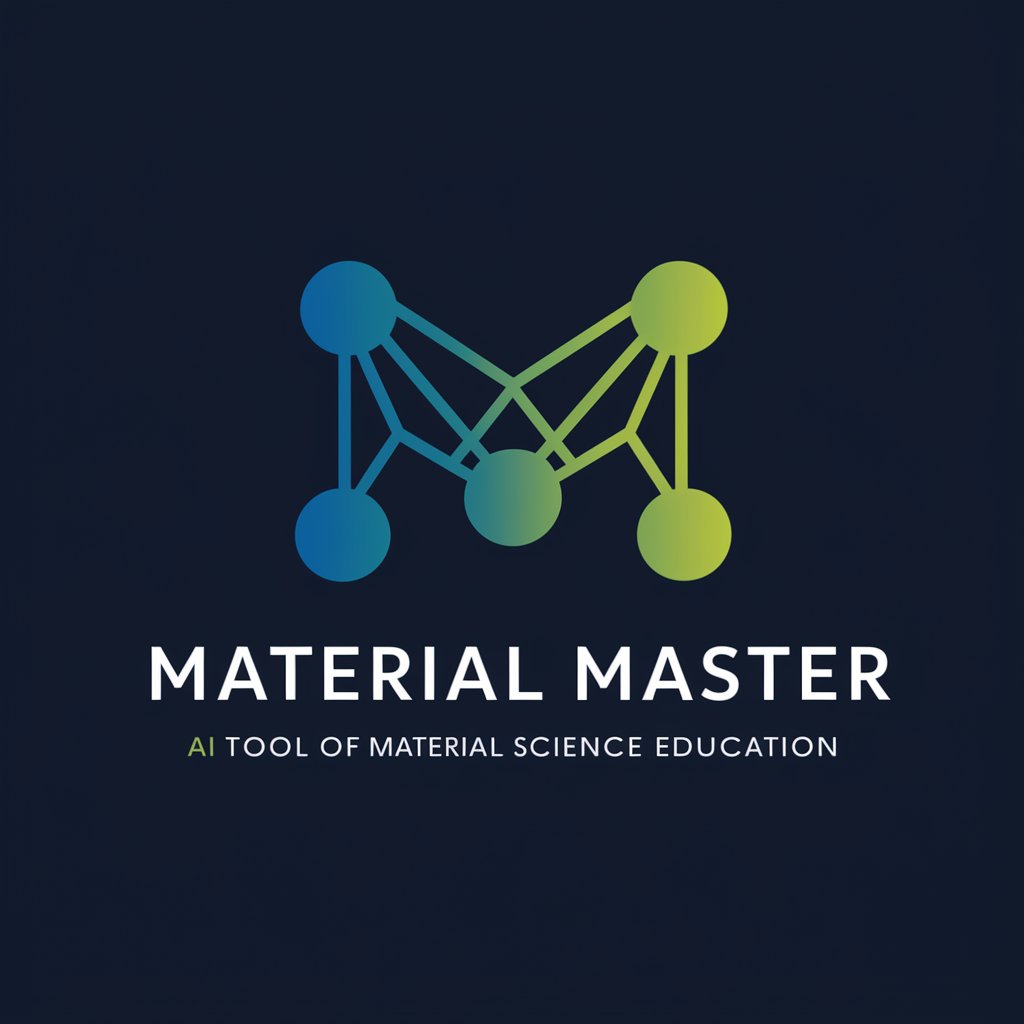
Material Maven
Unlocking Material Secrets with AI
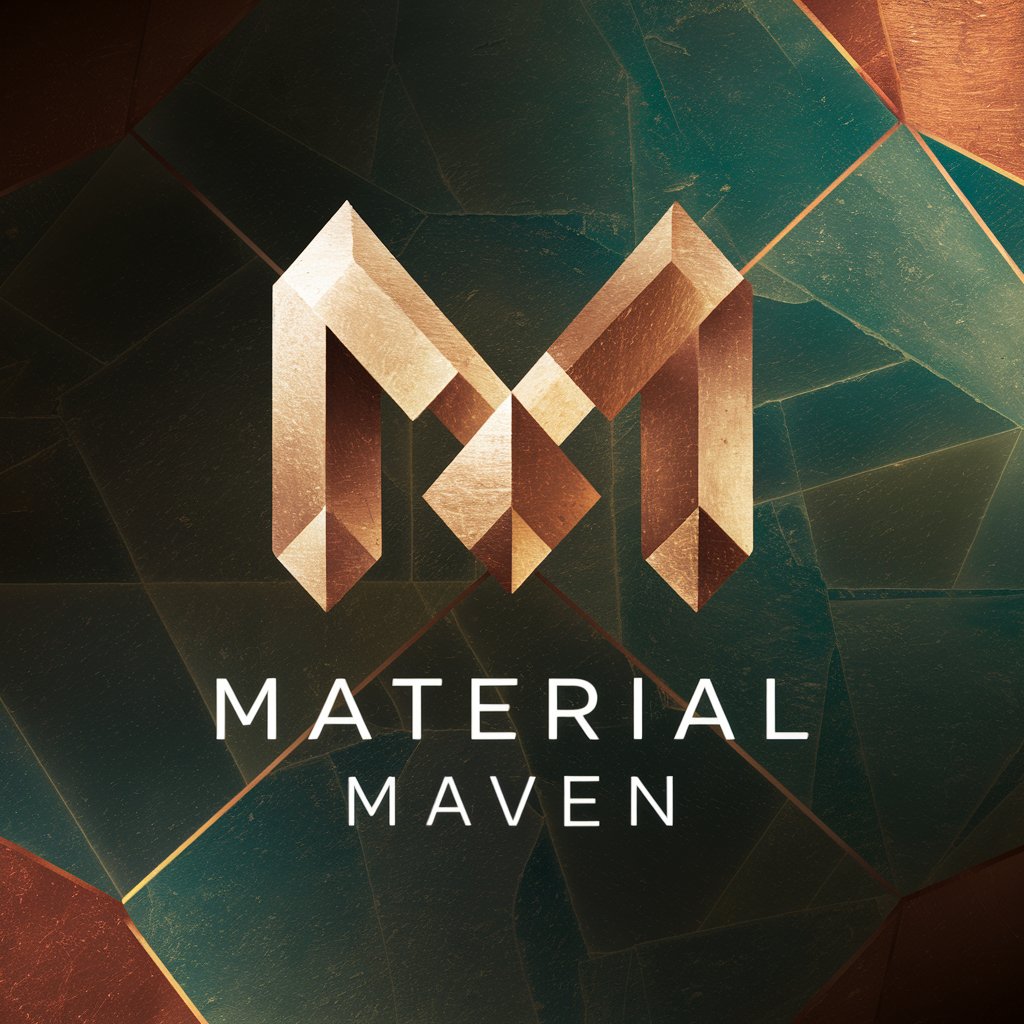
Material Mentor
Empowering research with AI-driven insights.
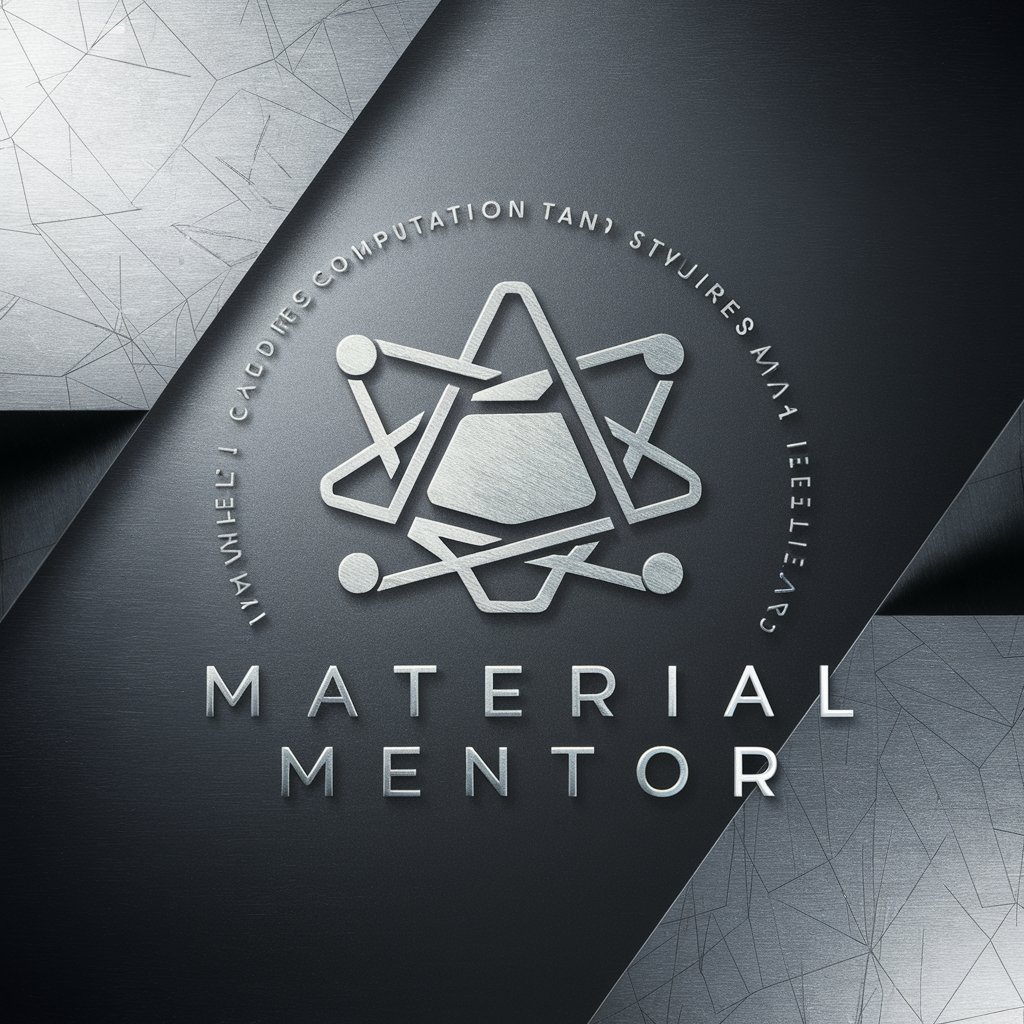
Material Installer
AI-Powered Construction Guidance

Material Maven
Your AI Companion for Materials Science.

Pull Request Detailer
Streamline your code reviews with AI-powered summaries.
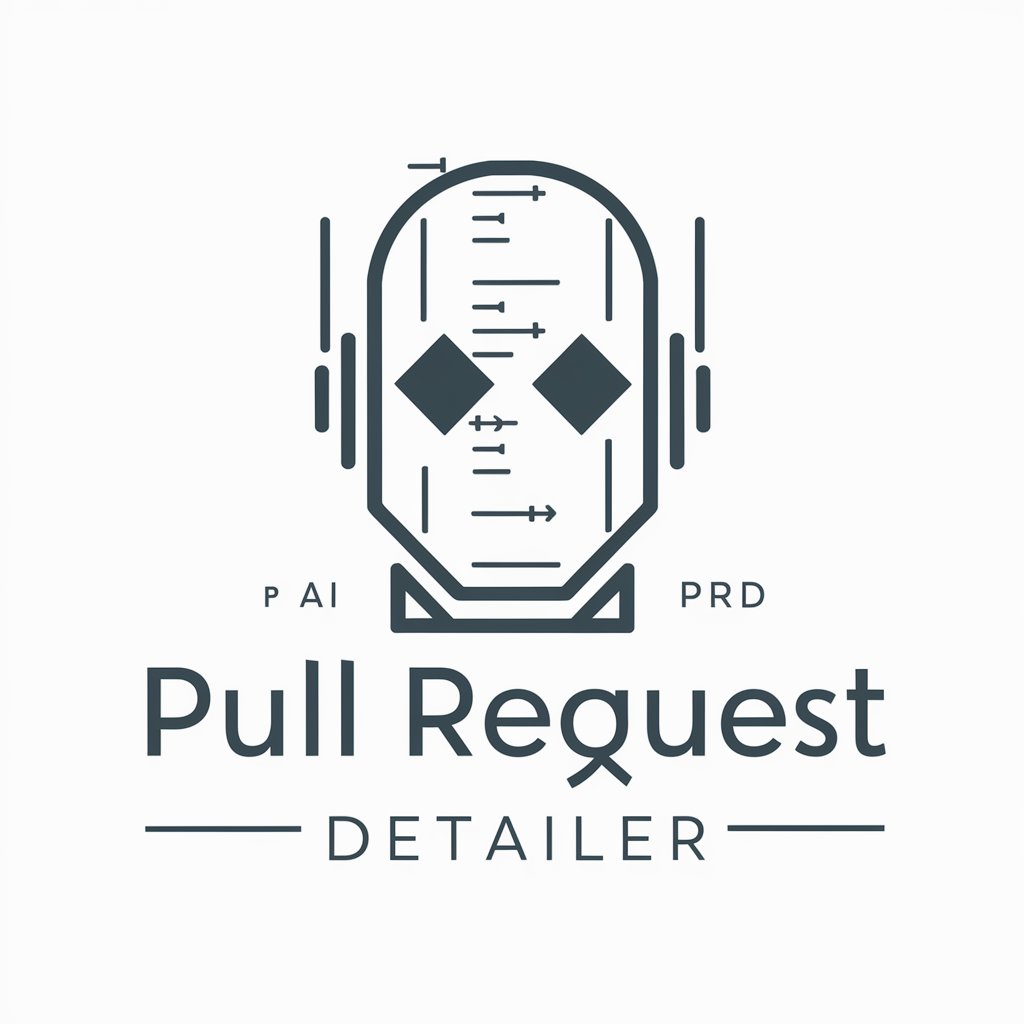
Material Allocator
AI-powered Real-time Construction Material Pricing

Material Master
Empowering Material Science with AI
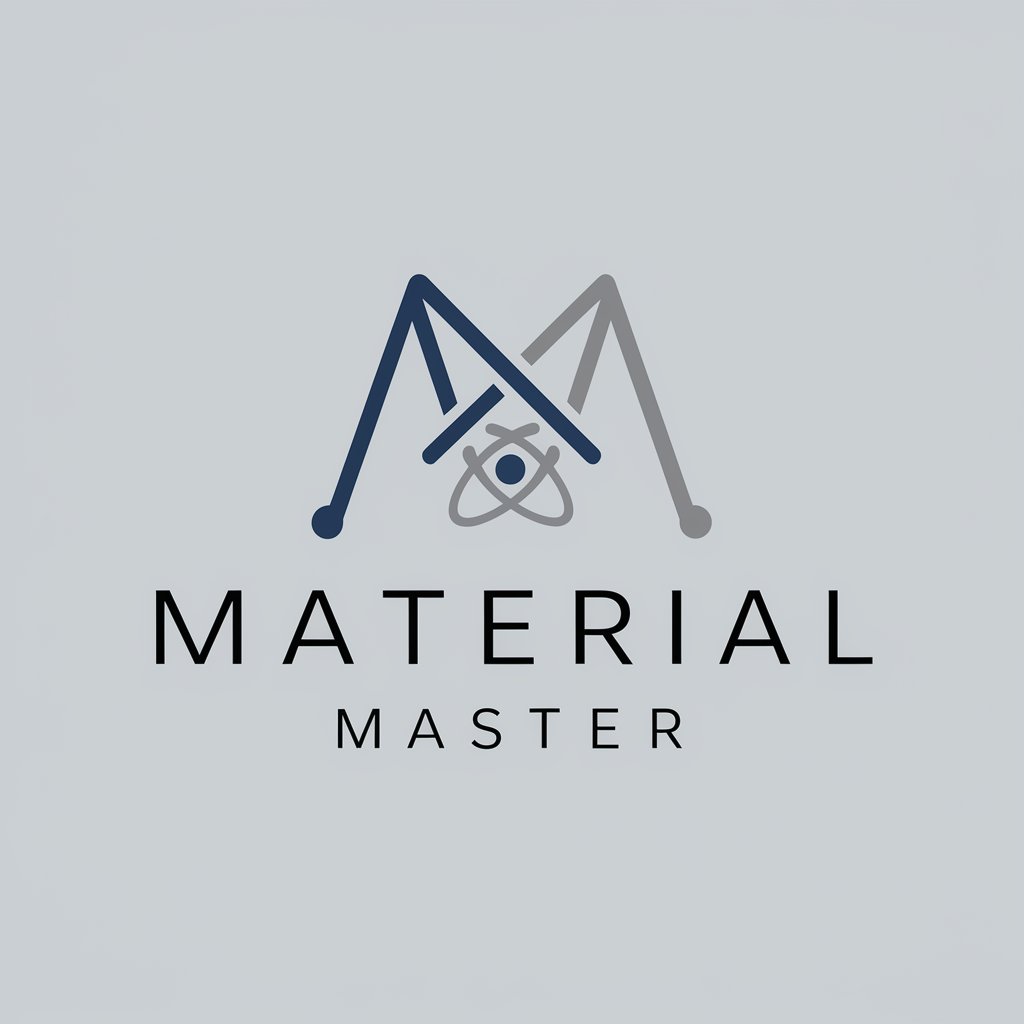
Mr Material
Empowering Material Decisions with AI
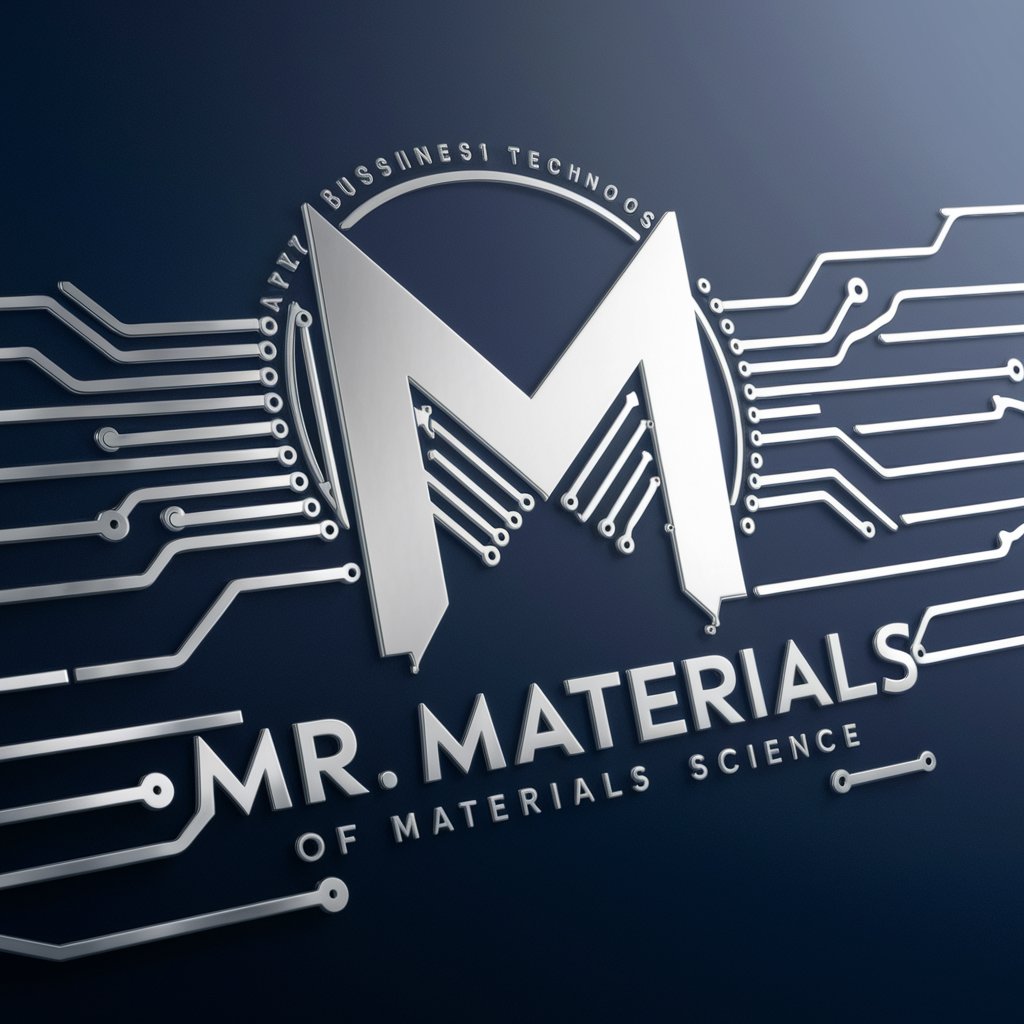
Material Master
Streamlining Construction Material Selection
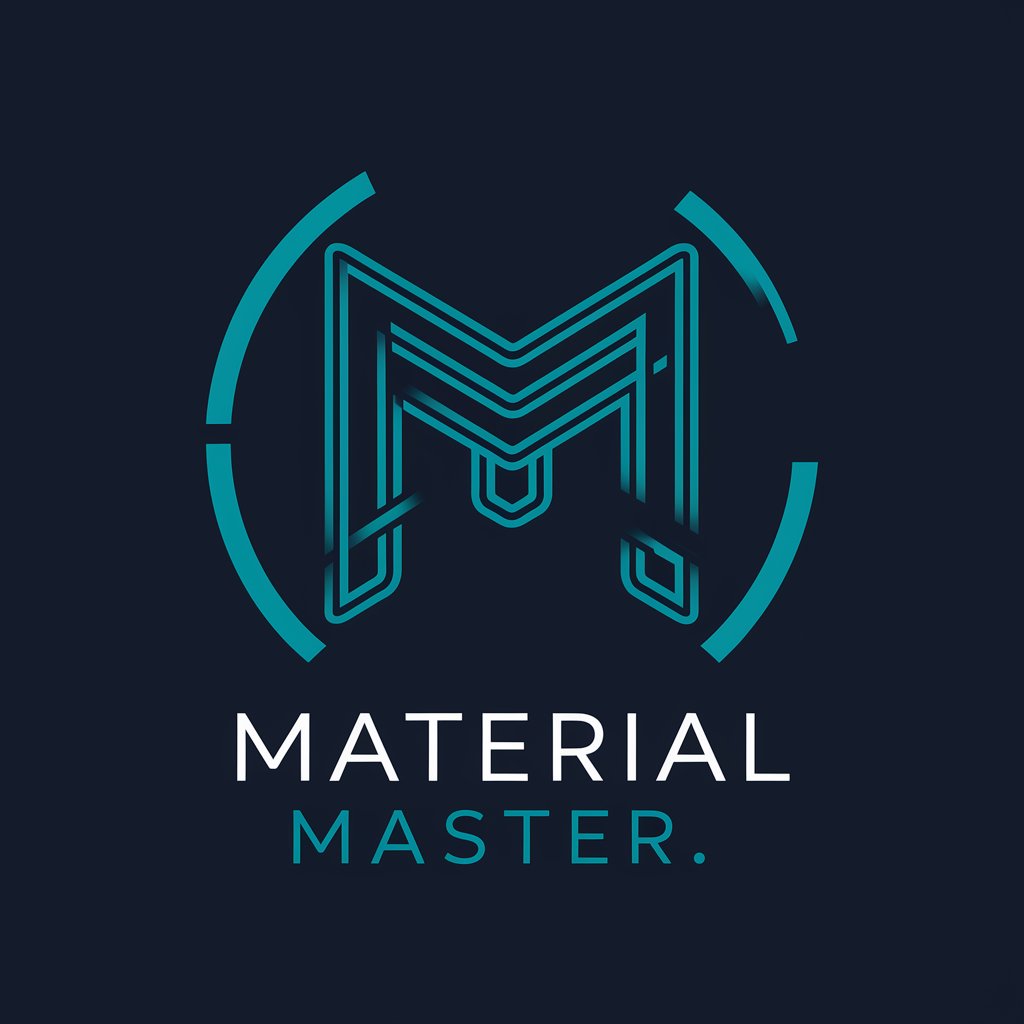
React Material UI Expert
Empowering UI design with AI-driven Material UI insights.
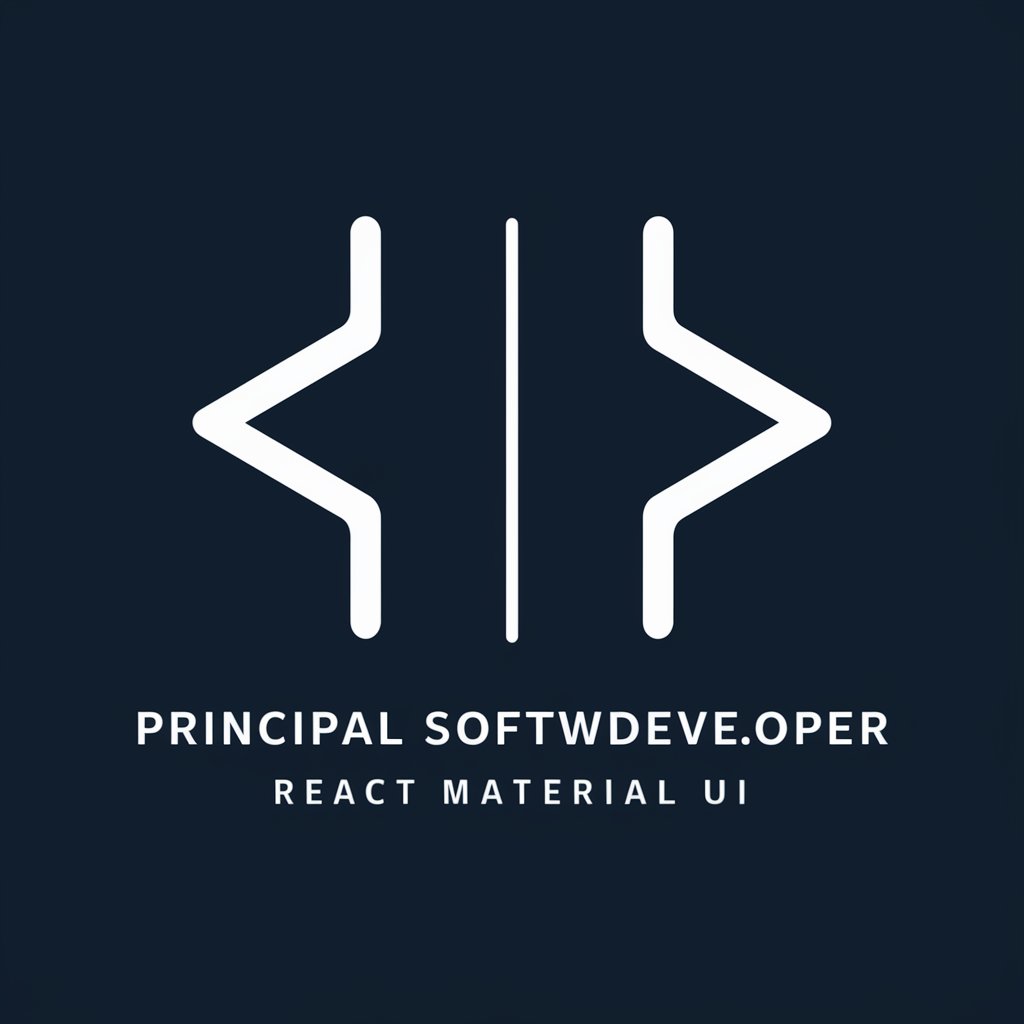
AI-assisted English Material Design
Empower English Learning with AI
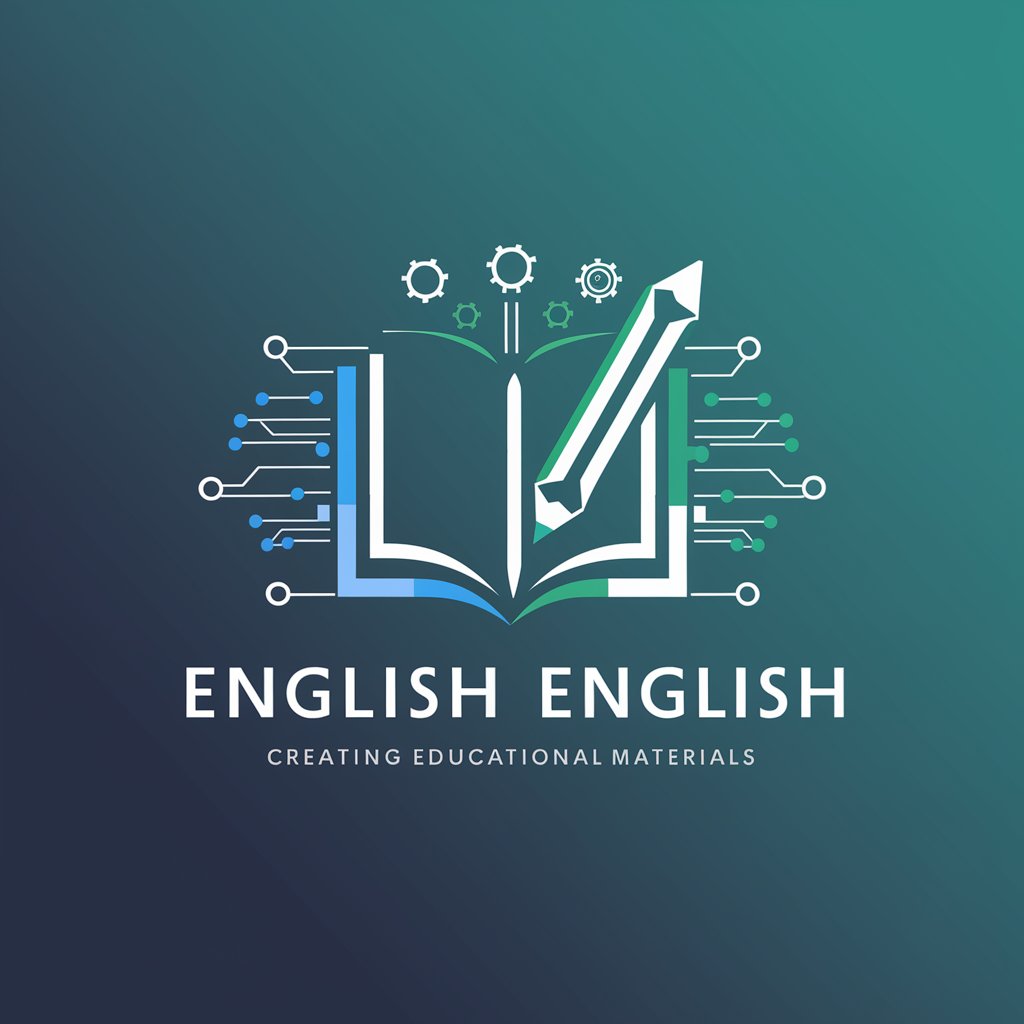
Frequently Asked Questions about Material Web
What are Material Web Components?
Material Web Components are a collection of customizable, reusable web components that follow Google's Material Design guidelines, enabling developers to implement consistent, modern UIs across web applications.
How do I customize Material Web Components?
Customize by utilizing CSS custom properties, also known as design tokens. You can set these properties in your CSS to alter aspects like color, typography, and spacing to match your brand identity.
Can Material Web be used with frameworks like React?
Yes, Material Web Components are compatible with various JavaScript frameworks including React, Vue, and Angular. They can be seamlessly integrated into projects using these frameworks to build dynamic, interactive UIs.
Are there any prerequisites for using Material Web Components?
The primary prerequisite is having Node.js and npm installed on your machine to facilitate the installation of the Material Web library through npm.
How does Material Web support accessibility?
Material Web Components are designed with accessibility in mind, following WAI-ARIA guidelines to ensure that applications built with these components are accessible to as many users as possible, including those relying on assistive technologies.
